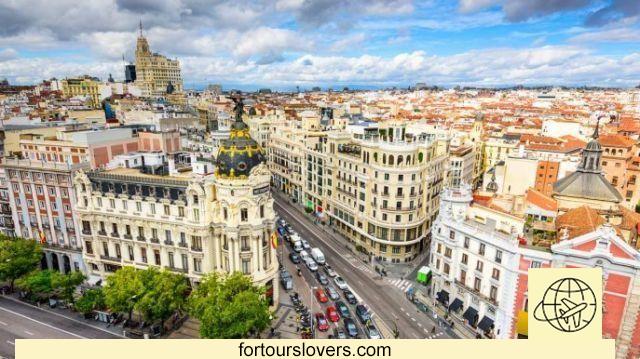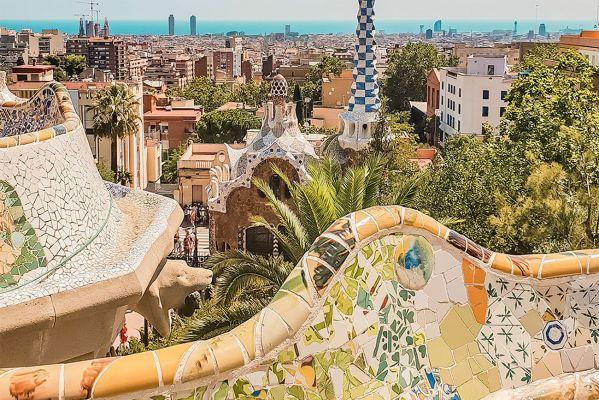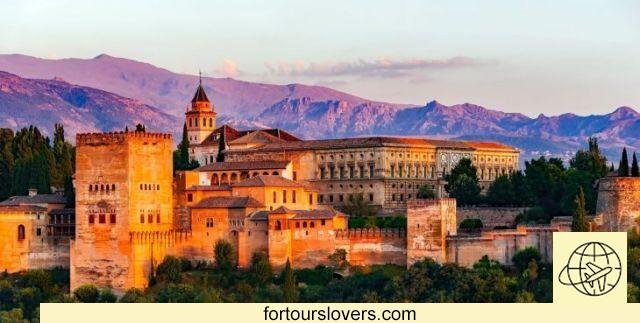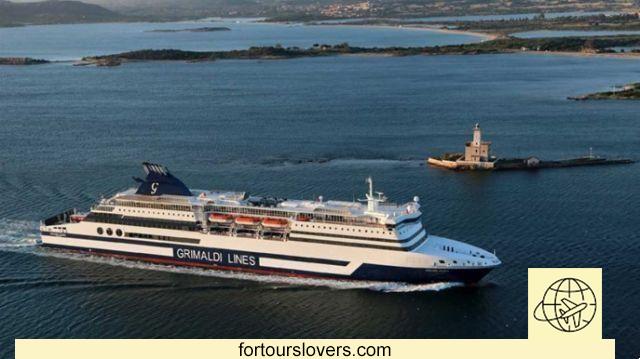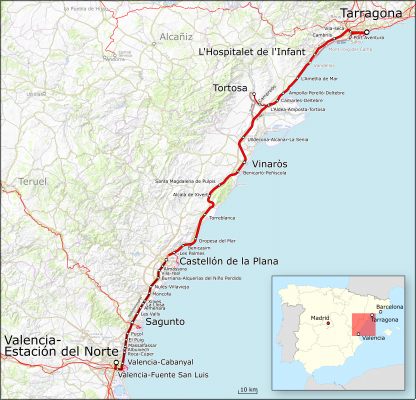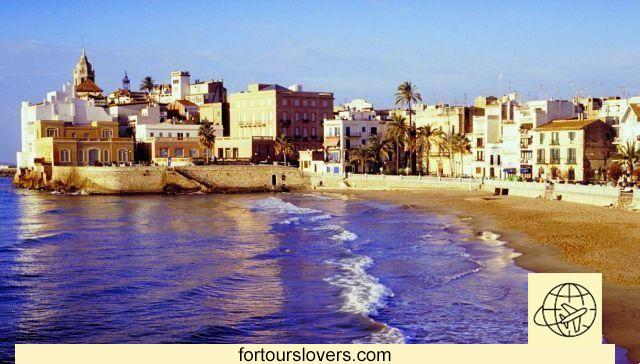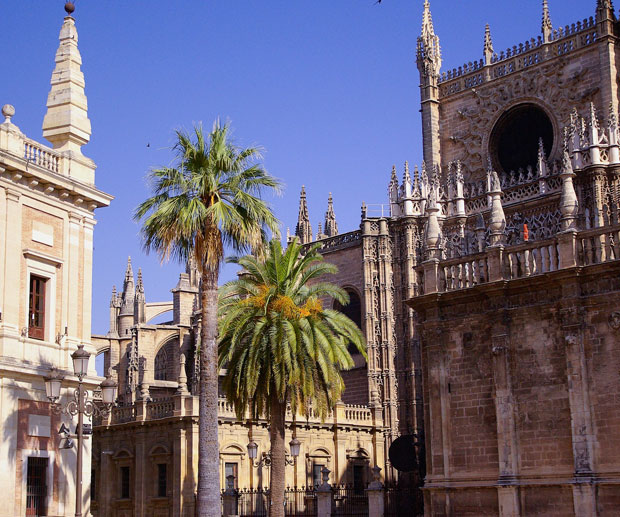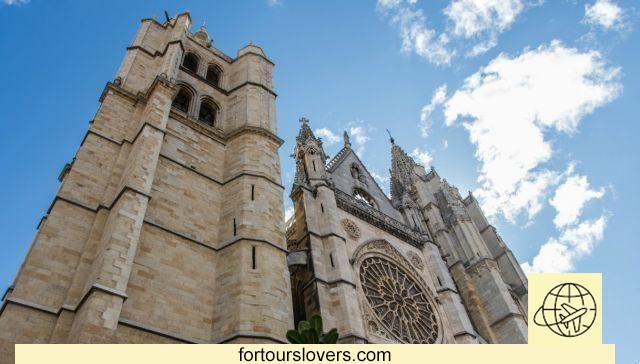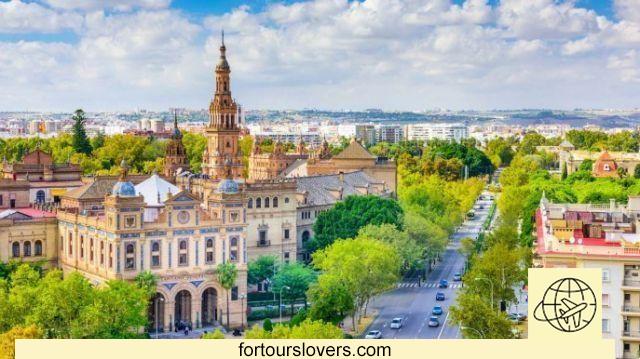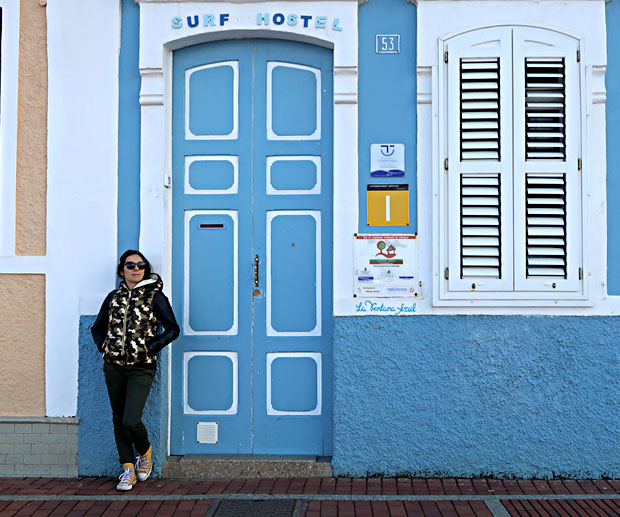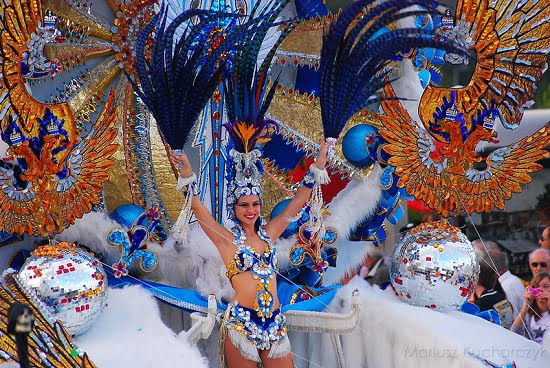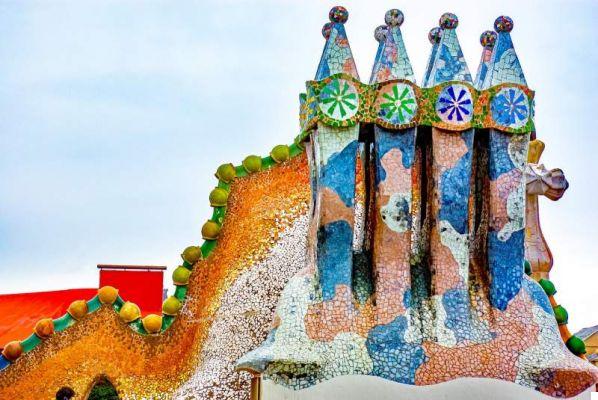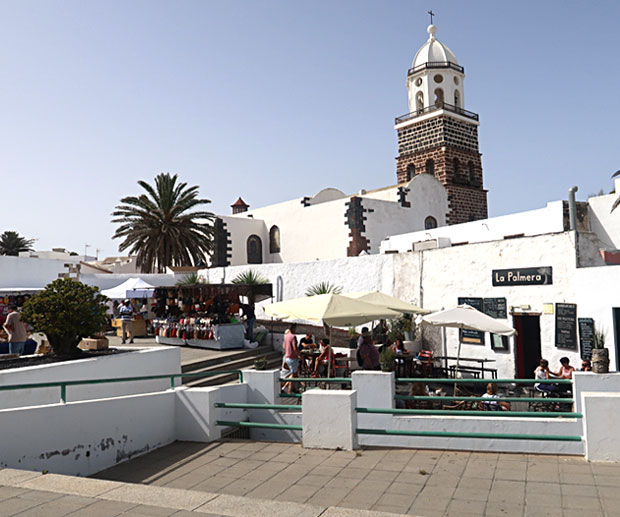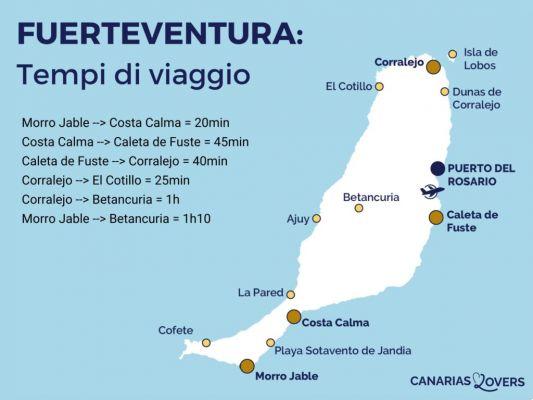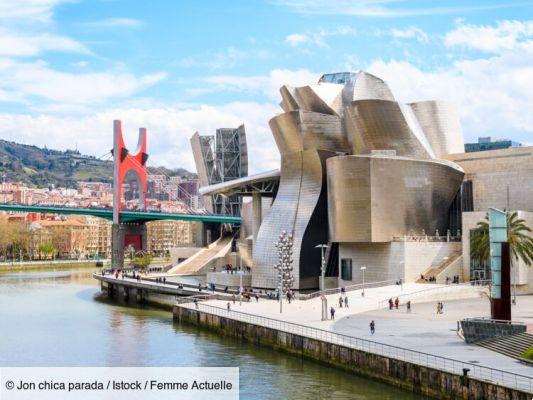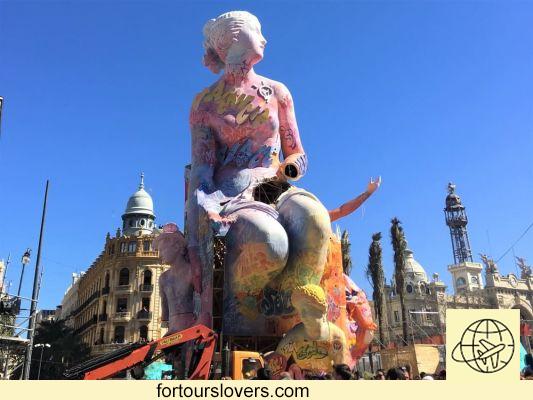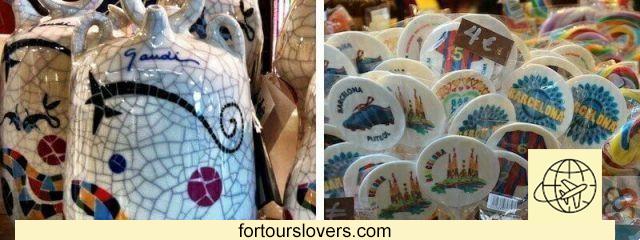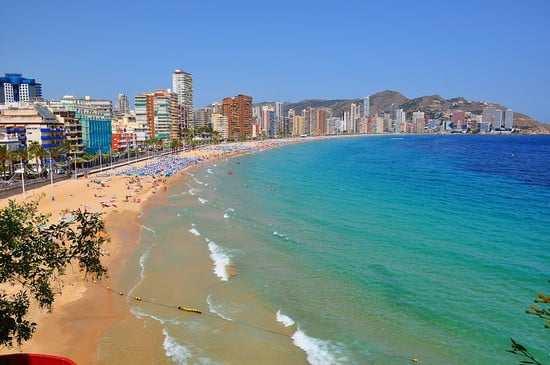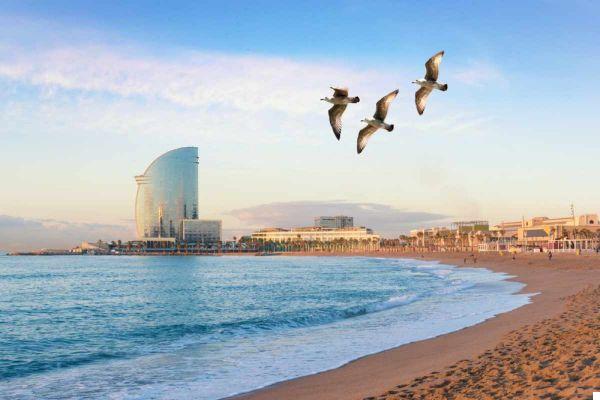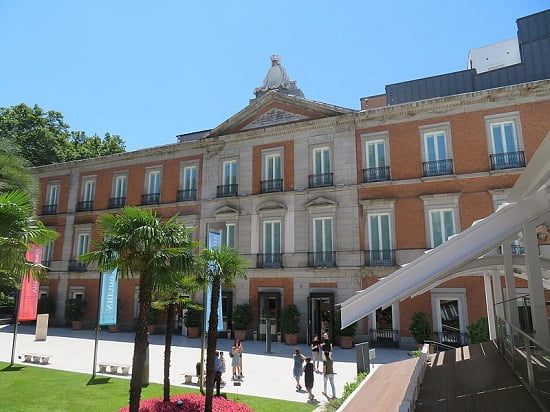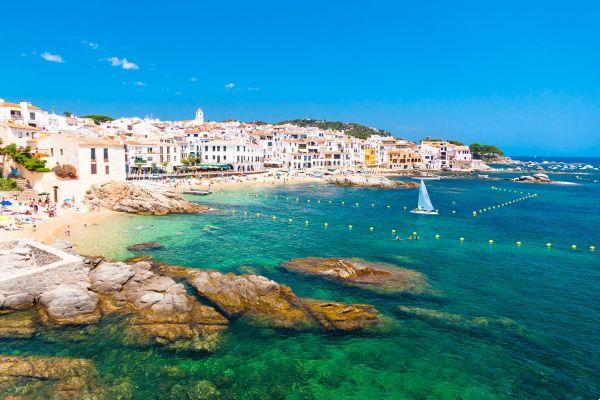
Some tips on what to do and what to see in Calella, starting with the historic center and walking near the sea until you enjoy the beauty of its beaches.
Calella (not to be confused with Calella de Palafrugell, which is located a little further north) is a well-known tourist center on the Costa Brava, halfway between Mataró and Blanes. To get to it you can decide to land nearby. Barcelona, about 50 kilometers, to then take a train to Barcellona-Saints and then another on the Massenet-Massanes line which, on the way, stops in Calella.
The city of Calella is surrounded by the greenery of the El Montnegre i el Corredor Park, and its agglomeration of warm and calming colors seems to immerse itself in the Mediterranean Sea. The purity of the waters that bathe the coasts of Calella and the effort made by the municipality and the spa establishments to care for and respect the environment have earned the city the recognition of the Blue Flag by the European Union for some time now. many years.
We begin our itinerary with a visit to the center of Calella “La Casc Antic”, distributed around the building of the Santa María church in neoclassical but with a baroque façade. Also worth admiring in the surrounding area are the Casa dei Salvador from the 14th century and the Casa Sivilla from the 16th century, as well as the chapel of San Quirze and Santa Julita. In Calella there is also an interesting tourism museum. The pedestrian zone, on the other hand, will allow you to go shopping and relax in the different restaurants and bars present.
Various streets and splendid walks start from the historic center of Calella, including the one that leads to the 1859 lighthouse, built on a promontory dominates the entire coast; From this position you will feel that you are admiring a painting that represents a charming vision of the sea. Along the way you will be able to observe the presence of turrets used for optical telegraphy that were formerly scattered along the coast. Along the Manuel Puigvert avenues you will enjoy the shade of centuries-old plane trees, while the new Garbi promenade will take you along the coast.
If the city of Calella boasts Blue Flag beaches, we cannot help but review the largest and most famous ones such as Playa Gran, Playa de Garbi and Playa de les Roques, to decide where to treat yourself to an overwhelming day of "all seas". . Arriving from the promenade you will find yourself in Great Beach decidedly crowded despite being of considerable size, probably due to its convenient and easily accessible position; Here you can practice sports and give yourself a little relaxation.
In the hotel area you will have available Playa Garbí which you can easily reach with just a few steps. While if you go south of the center of Calella towards the Montnegre Natural Park you will find Roques Beach, a cove characterized by white cliffs that plunge into the crystalline sea. To get there you will have to use the car; As soon as we come down to welcome you there will be a smell of maritime pines and a suggestive lighthouse that you will love. Some areas of this cove are usually frequented by naturists.
While you are in this area, take the opportunity to relax away from the sun in the El Montnegre i el Corredor Park, which extends over about 15 hectares. You will be able to admire some examples of flora such as cork oaks, pines, chestnut trees, oaks and birches and among their branches you may be lucky enough to spot some squirrels or the green woodpecker.
If you expect Calella to offer the same confusion and nightlife as other tourist places in Spain, you should know that the city's nightlife is not so "excessive". Obviously there are clubs, bars and discos that offer more discreet and less chaotic entertainment. The real nightlife is concentrated in the various parties and beach parties that continue until the morning. In Calella there are scheduled unmissable events such as Festival della Cantada de Avaneras, the Calella and Alt Maresme Fair and the Beer Festival, for those who cannot make it to the Munich Oktoberfest.
Calella welcomes you with a typical Mediterranean climate; In the month of January, which represents the coldest of the year, average temperatures are recorded that fluctuate between 10°C and 12°C, while in the month of July they range between 18°C and 20°C up to maxims. 28-29°C.




